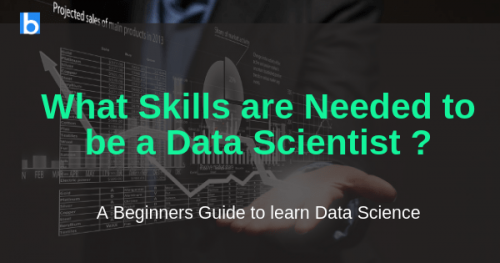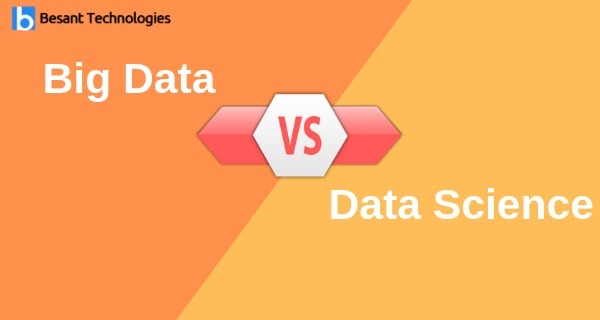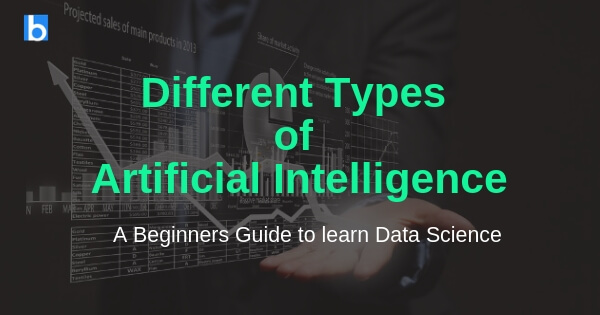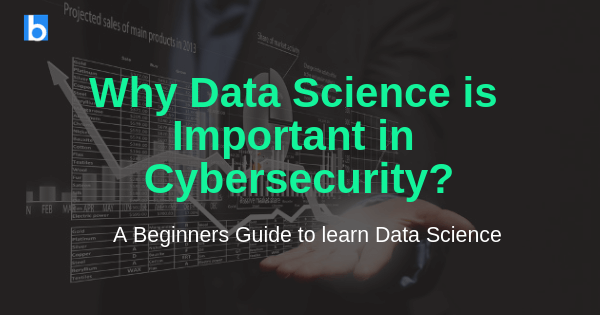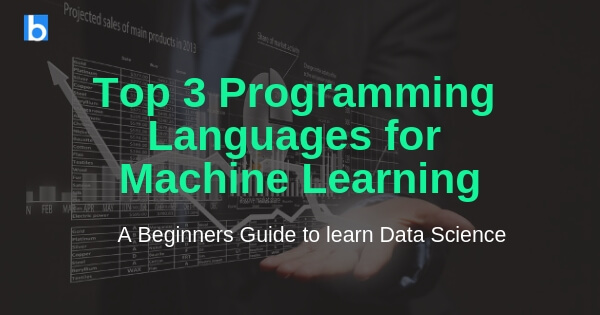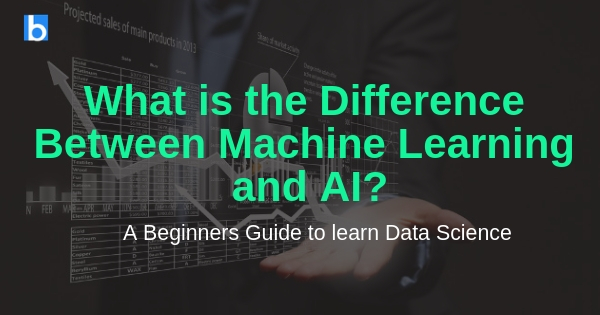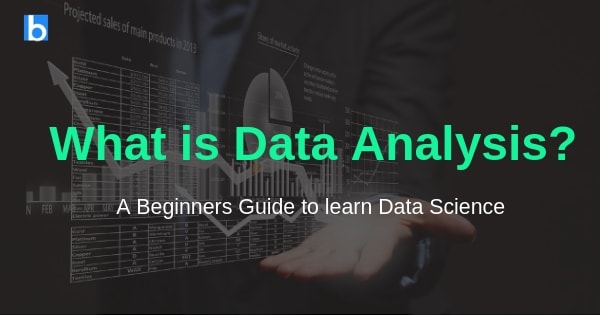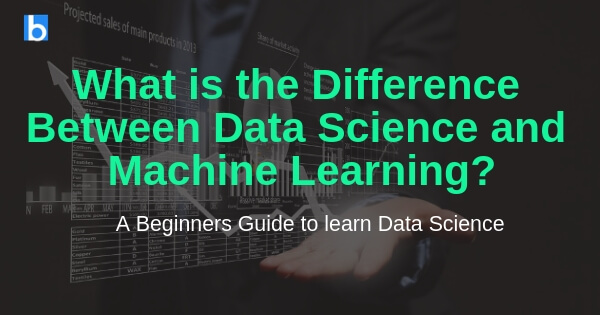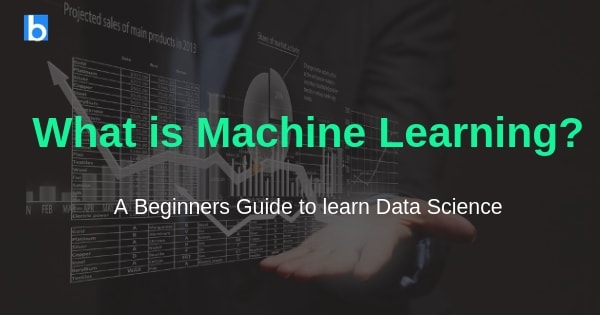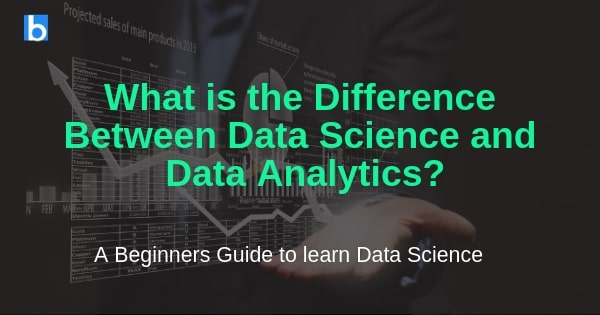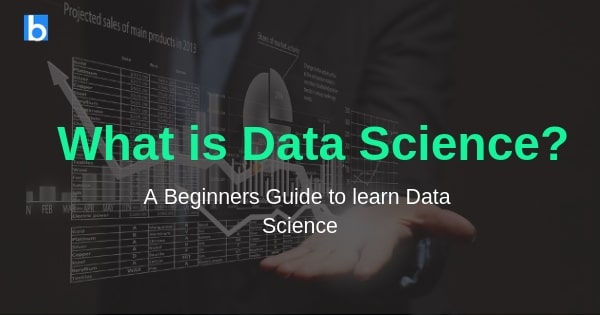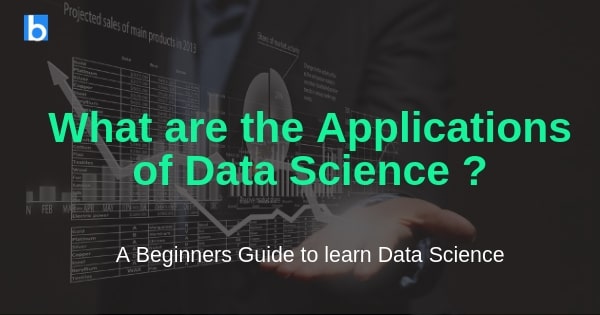Leveraging the use of big data, as an insight-generating engine has driven the demand for data scientists at enterprise-level, across all industry verticals. Whether it is to refine the process of product development, improve customer retention, or mine through the data to find new business opportunities—organizations are increasingly relying on the expertise of data scientists to sustain, grow, and outdo their competition. Here some of the Skills to Become a Data Scientist.
Education
Data scientists have a high level of education: 88% have at least a master’s degree and 46% have a PhD, and although there are notable exceptions, a solid academic background is required to develop the depth of knowledge required. to be a data scientist. To become a data scientist, you can obtain a degree in computer science, social sciences, physical sciences and statistics. The most common fields of study are Mathematics and Statistics (32%), followed by Computer Science (19%) and Engineering (16%). A degree in any of these courses will provide the skills needed to process and analyze large volumes of data.
After your degree program, it’s not over yet. The truth is that most data scientists have masters or doctorates and also do online training to learn a special skill, such as using Hadoop or Big Data. Therefore, you can enroll in a master’s program in the field of data science, math, astrophysics or any other related field. The skills you have learned during your college program will allow you to make an easy transition to data science.
In addition to learning in the classroom, you can practice what you have learned in the classroom by creating an application, starting a blog or exploring data analysis to learn more.
Become a Data Science Certified Expert in 25Hour
R Programming
In general, in-depth knowledge of at least one of these analytical tools is preferred for data science. R. is designed specifically for the needs of data science. You can use R to solve any problems encountered in data science. In fact, 43% of scientific data are using R to solve statistical problems. However, R has a sharp learning curve.
Python Coding
Python is the most common coding language I usually see needed in data science functions, along with Java, Perl, or C / C ++. Python is a great programming language for data scientists. That’s why 40% of those interviewed by O’Reilly use Python as their primary programming language.
Because of its versatility, you can use Python for almost every step involved in data science processes. It can take various data formats and you can easily import SQL tables into your code. It allows you to create datasets and literally find any kind of data set needed on Google.
Become a Data Science Expert with Certification in 25Hours
Hadoop platform
Although this is not always a requirement, in many cases it is much preferred. Having experience with Hive or Pig is also a strong selling point. Familiarity with cloud tools, such as Amazon S3, can also be beneficial. A study conducted by Crowd Flower in 3490 LinkedIn’s scientific data ranked Apache Hadoop as the second most important skill for a data scientist with a 49% rating.
As a data scientist, you may find a situation in which the amount of data you exceed in your system memory or you need to send data to different servers is where Hadoop comes in. You can use Hadoop to quickly transmit data to multiple points on a system. This is not everything. You can use Hadoop for data mining, data filtering, data sampling, and summarization.
SQL / Database Encoding
Although NoSQL and Hadoop have become a major component of data science, it is still expected that a candidate can write and execute complex queries in SQL. SQL (Structured Query Language) is a programming language that can help you perform operations such as adding, deleting, and extracting data from a database. It can also help you perform analytical functions and transform database structures.
Must be proficient in SQL as a data scientist. This is because SQL is specifically designed to help you access, communicate, and work with data. It provides information when you use it to query a database. It has concise commands that can help you save time and decrease the amount of programming required to perform difficult queries. Learning SQL will help you better understand relational databases and improve your profile as a data scientist.
Apache Spark
Apache Spark is becoming the most popular big data technology in the world. It’s a great data computing framework like Hadoop. The only difference is that Spark is faster than Hadoop. This is because Hadoop reads and writes to disk, which slows it down, but Spark caches its calculations in memory.
Apache Spark was designed specifically for data science to help you run your complicated algorithm faster. It helps to disseminate data processing when it comes to a large set of data, saving time. It also helps the data scientist manage complex and unstructured data sets. You can use it in a machine or group of machines.
The Apache spark enables data scientists to avoid data loss in data science. The strength of Apache Sparklies in its speed and platform, which facilitates the accomplishment of data science projects. With Apache Spark, you can perform data entry analyzes for your computer’s distribution.
Get Data Science online Training
Machine learning and AI
A large number of data scientists are not competent in areas and techniques of machine learning. This includes neural networks, reinforcement learning, adverse learning, etc. If you want to differentiate yourself from other data scientists, you need to know automatic learning techniques such as supervised machine learning, decision trees, logistic regression, and so on. These skills will help you solve different data science problems that are based on predictions of important organizational results.
Data view
The business world produces a lot of data frequently. This data should be translated into an easy-to-understand format. People naturally understand images in the form of graphs and tables instead of raw data. One language says “A picture is worth a thousand words”.
As a data scientist, you should be able to view data with the help of data visualization tools, such as ggplot, d3.js, and Matplottlib and Tableau. These tools will help you transform the complex results of your projects into an easy-to-understand format. The problem is that many people do not understand serial correlation or p-values. You must visually show what these terms represent in your results.
Data visualization gives organizations the opportunity to work directly with data. They can quickly understand the ideas that will help them work on new business opportunities and stay ahead of the competition.
Unstructured data
It is essential that a data scientist can work with unstructured data. Unstructured data is undefined content that does not conform to the tables in the database. Examples include videos, blog posts, customer comments, social media posts, video streaming, audio, etc. They are heavy clustered texts. The classification of this type of data is difficult because they are not optimized.
Most people refer to unstructured data as “dark analyzes” because of their complexity. Working with unstructured data helps to unravel ideas that can be helpful in making decisions. As a data scientist, you must have the ability to understand and manipulate unstructured data from different platforms.
To getting expert-level training for Data Science Training in your location –Data Science Training in Chennai | Data Science Training in Bangalore | Data Science Training in Pune | Data Science Training in Tambaram
